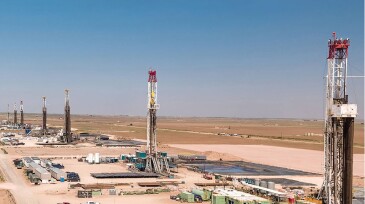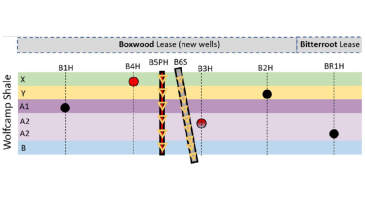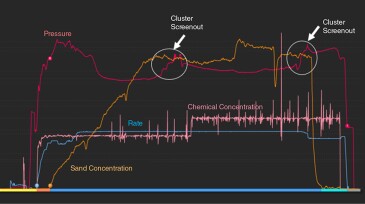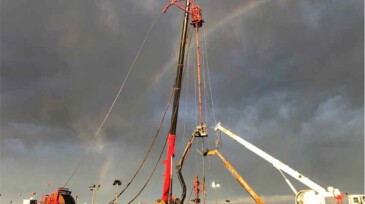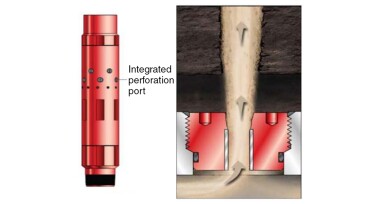hydraulic fracturing
-
Two firms are using hydraulic fracturing to create high-pressure water reservoirs that can be turned on and off to meet electricity demand.
-
The natural fractures discovered on Mars during rover missions might be so important that they are worth bringing back to Earth.
-
New studies are a reminder that the effort to identify, classify, and nullify frac hits remains paramount to the future of the unconventionals business.
-
This paper describes efforts at the Hydraulic Fracturing Test Site 2 to collect a research data set to improve understating of spatial and temporal hydraulic fracture dimensions, proppant distribution, and reservoir depletion.
-
This paper presents an integrated system for fracturing optimization using real-time and historical data along with organizational knowledge and the challenges and key considerations of implementing such a system.
-
This paper describes the analysis of actual performance data for acid fracturing in a tight carbonate formation to investigate the ineffectiveness of the process.
-
The authors describe a casing-leak-repair alternative to allow continued hydraulic fracturing of an unconventional formation.
-
In this paper, a comparison is presented of the range of production outcomes for Clair Phase 1 and Clair Ridge, including the potential downsides of relying on natural fractures.
-
Service company Liberty Energy has announced the formation of Liberty Power Innovations which will specialize in compressed natural gas.
-
This article presents a new data-driven analysis to locate low-frequency seismic sources, referred to as near-infrasound or infrasound sources. Combining these infrasound signals with microseismicity signals allows for better characterization and monitoring of the stimulated reservoir volume.



